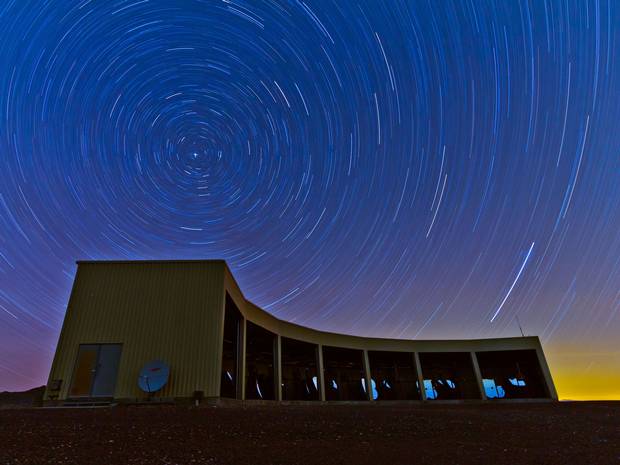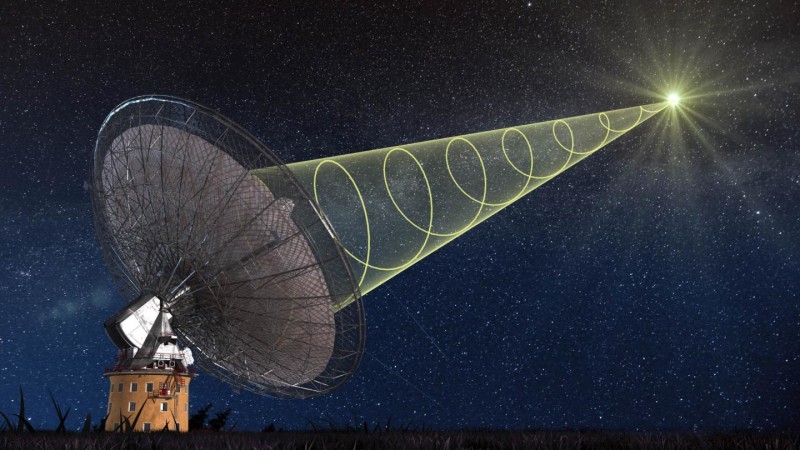
The blitzars last only about a millisecond - during which time they give out as much energy as the sun does in a million years, according to the New Scientist - and have only ever been heard on historical data.
The source must be "huge, cataclysmic and up to 5.5 billion light years away," one scientist told the New Scientist.
But a team of scientists from Swinburne University in Melbourne, Australia has identified one of them live, as it happened.

When the blitzar was spotted by a team led by Emily Petroff, other telescopes were turned towards the source, helping to study the aftereffects. They didn't see any afterglow - ruling out some of the possible sources such as a supernova.
Scientists hope that they will soon discover another blitzar in a different frequency range. That will allow them to conclusively associate it with something and will help pin it down to a specific source.



Probably close?